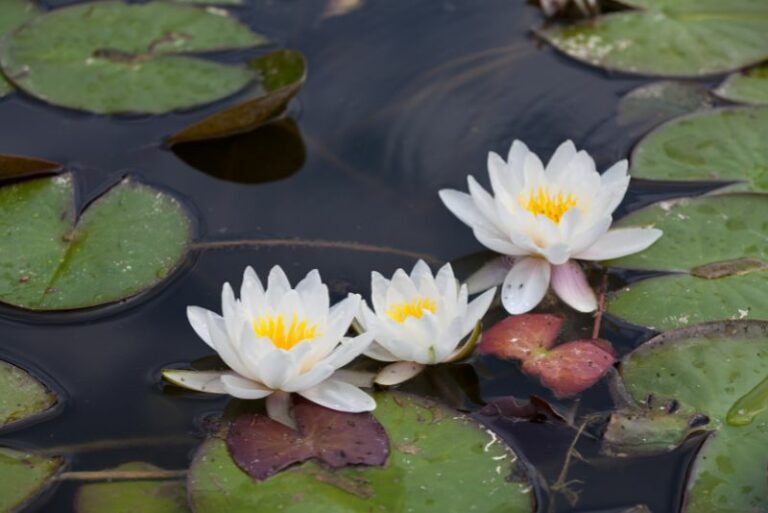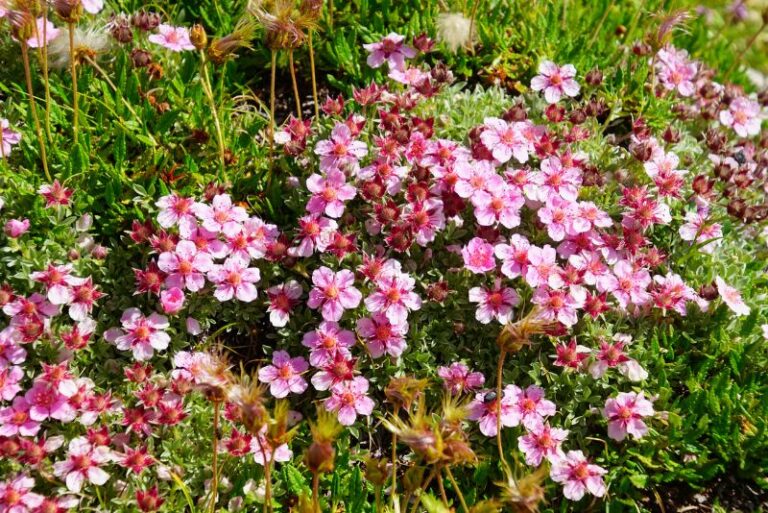Exploring Moss Campion: A Comprehensive Guide
For those who have a profound love for flora and the rugged charm of alpine landscapes, the Moss Campion plant is a natural marvel worth celebrating. Nestled amongst the cool, sparse reaches of high-altitude terrains, this resilient and beautifully understated plant offers intricate charms that captivate the hearts of botanists, gardeners, and nature lovers alike. In this comprehensive guide, we will unveil the enchanting world of Moss Campion, covering everything from its physical profile to its ecological significance, and much more.
What is Moss Campion?

Moss Campion, scientifically known as Silene acaulis, is a flowering perennial plant renowned for its robust presence in alpine and tundra regions across the globe. The plant’s name is a testament to its small, cushion-like form, often no taller than a few centimeters, and its comfort in the harsh, stony environments it calls home.
Physical Description and Habitat
The Moss Campion plant boasts a dense, mat-forming growth habit, with evergreen, linear leaves that create a lush carpeting effect over the rocky, typically barren soil of its habitat. Its blooms, which appear in a vibrant and eye-catching shade of pink, are solitary and carried on short, erect stems during the summer season, adding a splash of color to an often monochromatic landscape. Regions that Moss Campion typically graces include the European Alps, the Rockies, and even the windswept plains of Antarctica.
Cultivation and Care
For those inspired to bring a touch of the alpine wilderness into their homes or gardens, understanding the needs of Moss Campion is crucial.
Ideal Growing Conditions
Moss Campion thrives in conditions that mimic its native alpine environment: full exposure to the sun and soil that is well-drained and yet moisture-retentive. An alkaline to neutral soil pH is preferred, echoing the limestone-rich terrains it often colonizes.
Maintenance Tips for Moss Campion
Regular watering is essential for young Moss Campion, but as they mature, they require less attention and can often rely on rainfall alone. Pruning is generally not necessary, although deadheading, or the removal of spent flowers, can help maintain a tidy appearance and encourage a second bloom in some circumstances.
Ecological Importance
Moss Campion, despite its diminutive stature, plays a significant role in the high-altitude ecosystems it inhabits.
Role in the Ecosystem
This resilient plant acts as a pioneer in degraded, erosion-prone soils, helping to stabilize and create the bedrock for further succession by other alpine species. Its dense growth cushions also provide a safe haven for the propagation of neighboring flora, making it a keystone species in various fragile habitats.
Adaptations to Harsh Environments
From the chilliest reaches of the arctic to the high peaks of summits, Moss Campion’s adaptations are truly remarkable. Its low stature and cushion-like form minimize exposure to the elements, including harsh winds and high altitudes, where reduced oxygen levels can challenge plant life. Furthermore, its robust taproot can penetrate deep into the earth’s crevices, securing it against shifting rocks and ensuring access to vital moisture.
Interesting Facts About Moss Campion
Beyond its ecological importance, Moss Campion harbors a series of fascinating attributes.
Unique Characteristics
Moss Campion is a true survivor with unique mechanisms. Its leaves are densely covered in downy hairs, protecting against dehydration and providing insulation against freezing temperatures. Additionally, some specimens of Moss Campion are known to exhibit polyploidy, a genetic adaptation that enhances hardiness and survival rates in extreme environments.
Historical Uses and Folklore
In several cultures, Moss Campion holds historical significance. For instance, it is believed to have been used traditionally in herbal medicine to treat a range of ailments. Furthermore, some folklore ascribes Moss Campion with mystical properties, associating it with love and protection due to its tenacity and ability to bloom in unlikely places.
Ongoing Research and Conservation
As our understanding of alpine ecosystems deepens, researchers are dedicating efforts to unravel the secrets of Moss Campion.
Scientific Exploration
Cutting-edge studies are examining Moss Campion’s genetic traits and reproductive strategies, investigating how it thrives and what we can learn from its resilience, particularly in the face of climate change and habitat disruption.
Conservation Efforts
Conservation organizations and botanic gardens are working to preserve Moss Campion’s native habitats and incorporate it into horticultural projects that promote understanding and appreciation for these rare environments. By studying and conserving Moss Campion, we can also potentially unlock new insights into sustainable gardening practices and adaptive traits that may benefit other horticultural endeavors.
In Conclusion: Embracing the Charm of Moss Campion
Moss Campion, with its hardy constitution and vibrant presence, invites us to appreciate and protect the unique landscapes it inhabits. From the wild expanses of the Arctic to our own personal green spaces, the lessons and beauty of this unassuming plant have a far-reaching impact. By cultivating a deeper relationship with Moss Campion and the environments it represents, we not only enrich our understanding of botany and ecology but also nurture a connection to the resilience and grace found in nature’s most rugged corners.
For those touched by the allure of this alpine gem, further exploration and study will reveal myriad insights and anecdotes that continue to enhance our admiration for nature’s most exquisite creations. Whether you’re trekking amidst the peaks or tending to a tiny specimen in your own ‘garden summit,’ the spirit of Moss Campion will always be a symbol of endurance and the delicate, yet indestructible, threads that weave life’s greatest tapestries.






